The mating season has just begun in Yellowstone National Park also known as the “rut.” Now, National Park Services (NPS) is forced to remind tourists and visitors that bison will charge and become aggressive if approached.
The males will be especially territorial and on edge during this time. Giving wildlife more space is always best practices when visiting their natural habitat.
Videos of Bad Behaviour
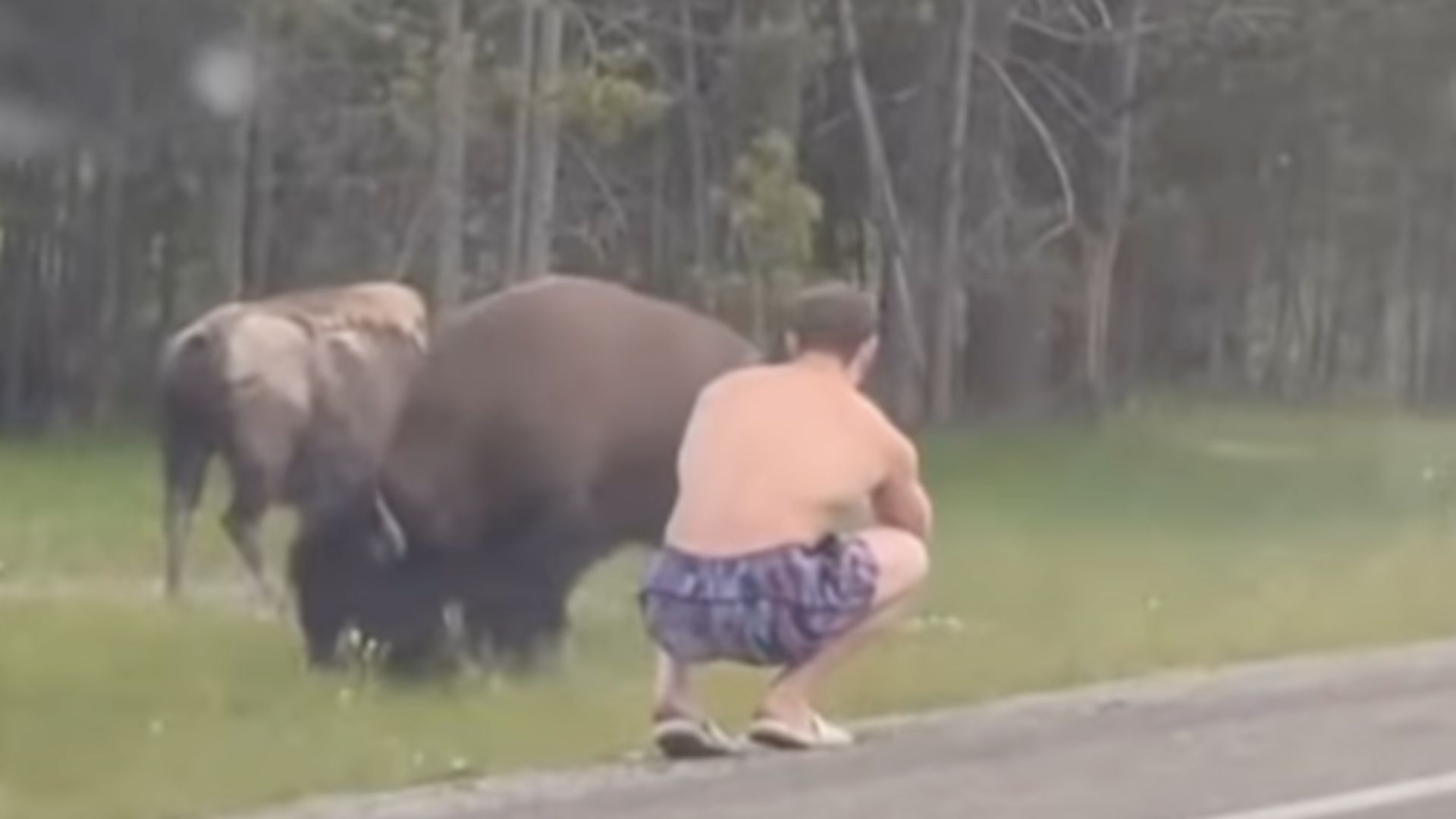
An Instagram account called TouristsofYellowstone publishes videos of tourists and visitors acting badly in the national park.
The account recently posted a compilation of bison and other animals charging people and cars to highlight the danger of these massive wild animals.
Best View of Wildlife Is From the Car
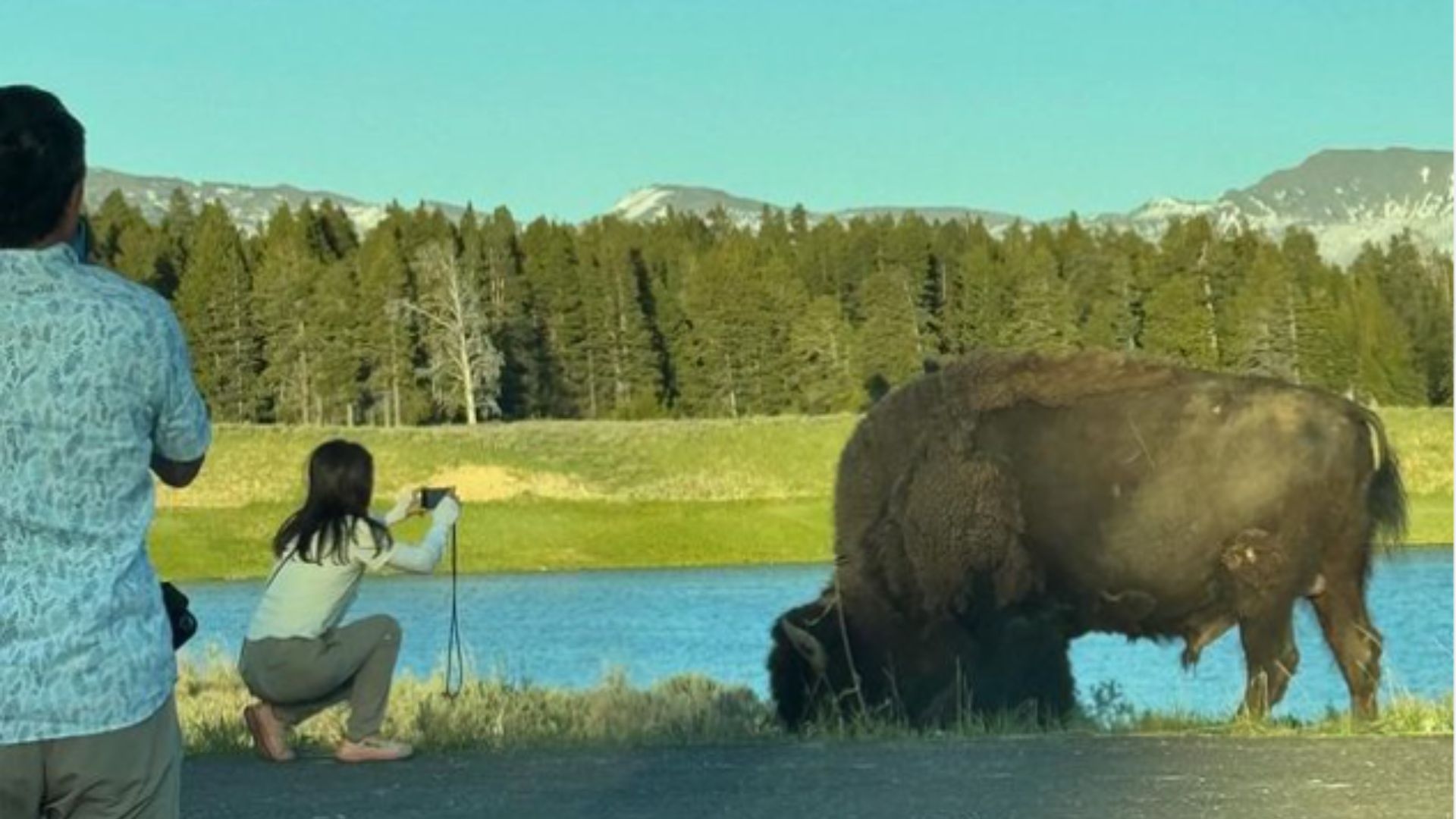
The NPS has warned visitors that the only safe place to view bison or wildlife is from inside the car.
Bison are extremely dangerous animals, they can often weigh more than a car and have incredibly sharp horns. They are known to tear through a vehicle’s bumper with ease.
Close Call

Last year, a couple went viral online when they posted a video talking about their close encounter with a bison.
After trailing the animal at a close distance, the bison rammed their car and pierced the front tire on their car, showing just how dangerous these animals are.
Bear Safety
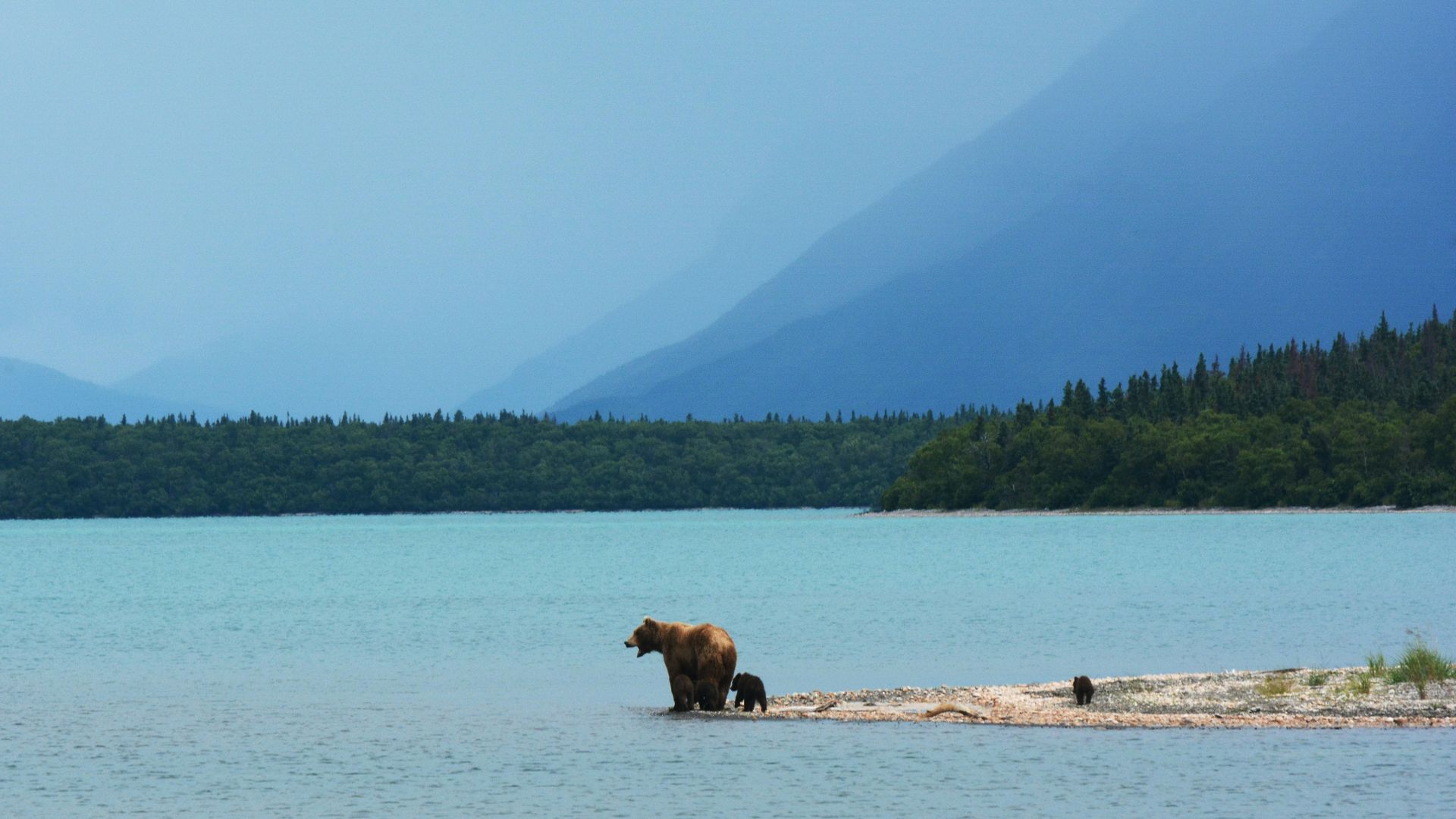
Another common animal that gets taunted in Yellowstone are grizzly bears.
Park rangers often have to remind tourists that getting too close to a cub is an easy way to have a momma bear try and attack you. The 1,000 pound female bears won’t care that you’re trying to take a photo.
How To Get Kicked out of a National Park
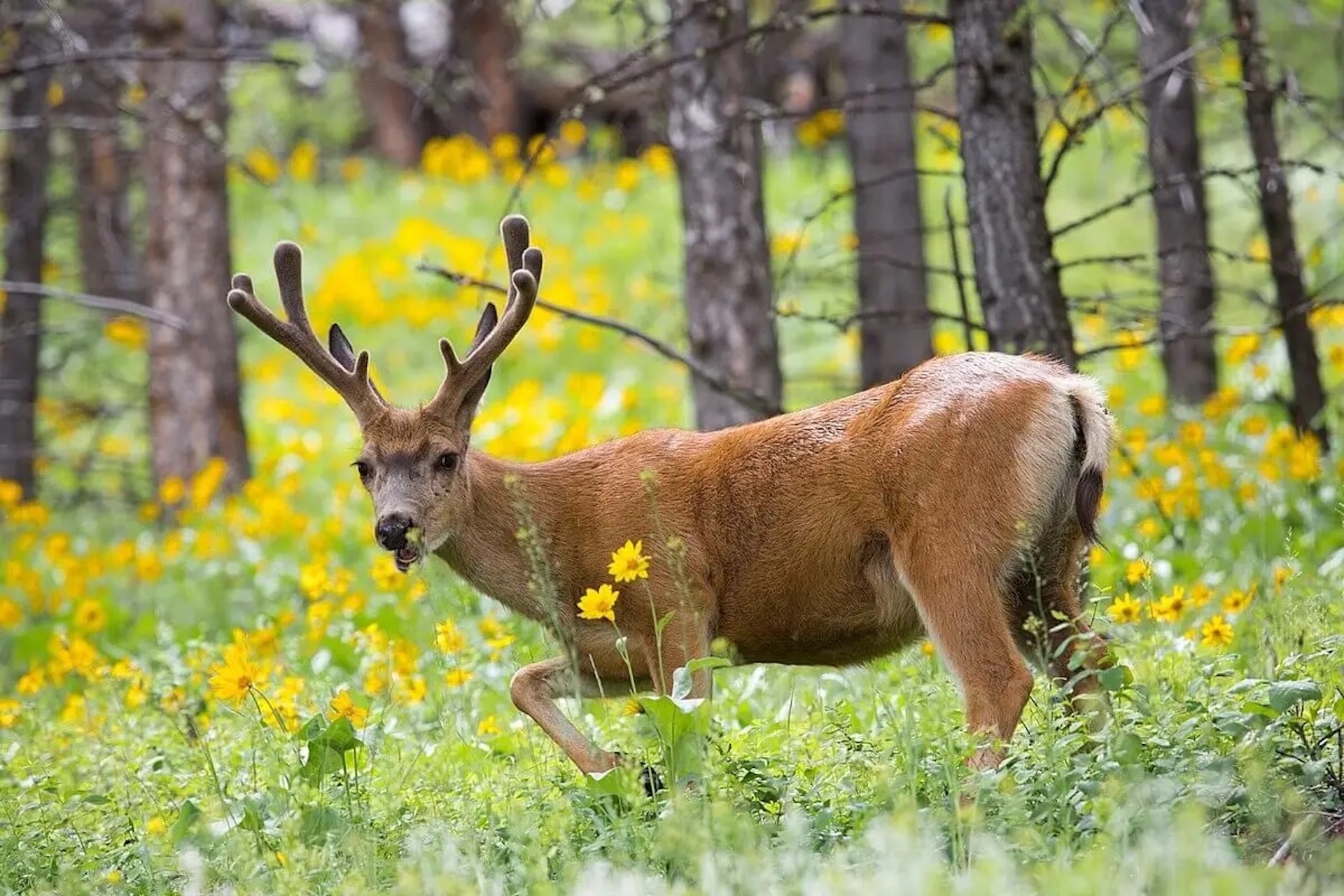
When caught by park rangers, taunting an animal or getting too close is an easy way to get banned from National Parks.
There are only a few other things on the list that warrants a ban or an outright fine, and they all include disrespecting the park. Getting too close to animals is dangerous for two reasons. One is that you could get hurt, the other is that the animal could get too accustomed to being near people and could be put to sleep in the future.
People Are More Entitled Now

One of the common complaints of long time hikers and park officials is that visitors often feel entitled to treat the park however they want.
Things like leaving graffiti on millennia old rocks or simply littering in a protected area are some of the most common occurrences that show how the public lacks respect or basic information on how to act in parks.
National Parks Can Be Dangerous Places
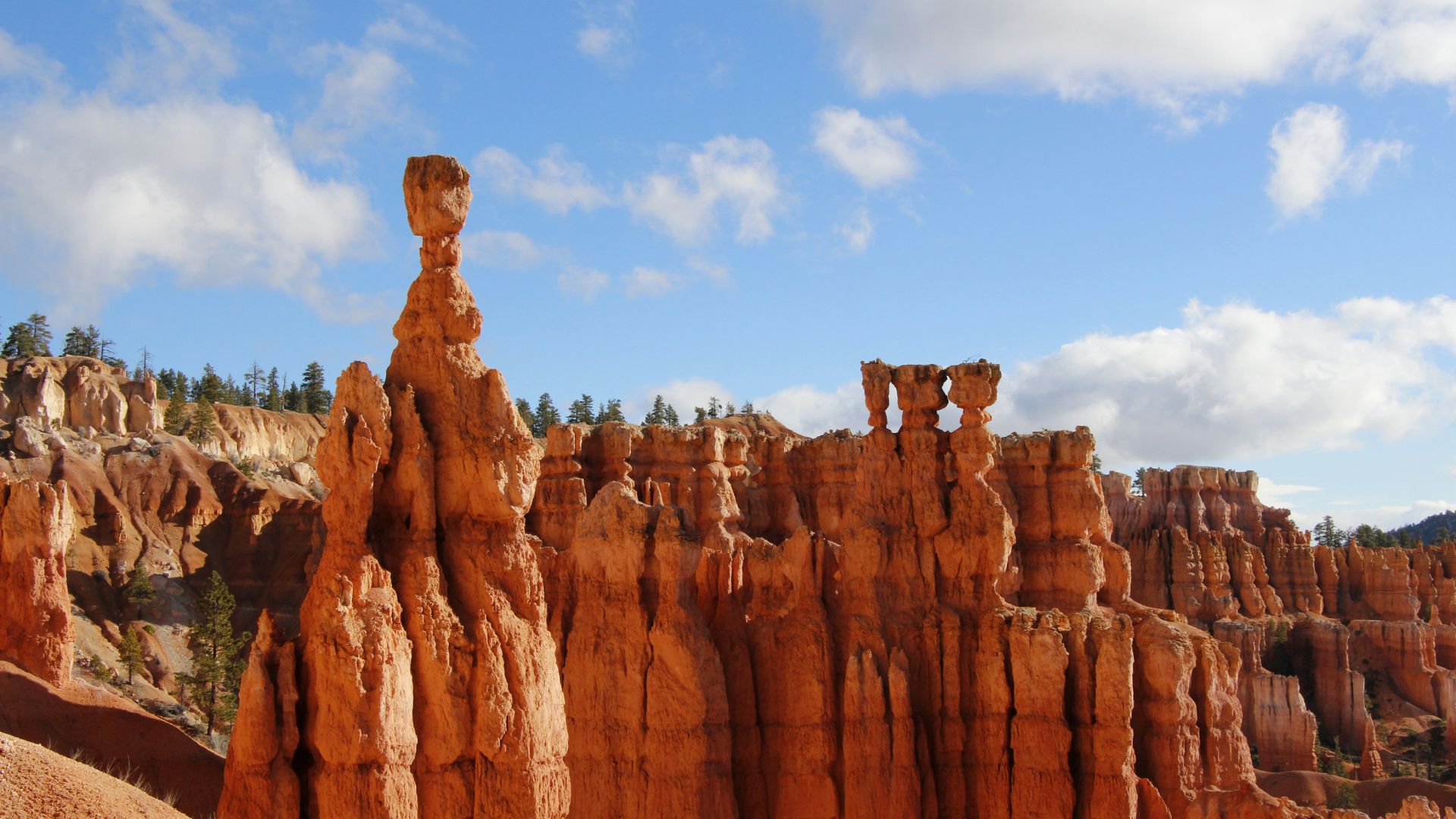
Although the spots that you’re likely to visit are well maintained paths, stairs, and boardwalks, a National Park can actually be a dangerous place.
One of the jobs of park rangers is to keep visitors safe from the wildlife and the natural elements like weather and rough terrain. Last month a park ranger tragically lost their life while helping visitors. Tom Lorig was directing traffic in Bryce Canyon National Park when he slipped and hit his head falling down a flight of stairs.
The Importance of Staying on the Path

Another aspect of visiting a national park is the importance of staying on marked paths.
Beyond the well maintained roads and walking paths are gnarly and unpredictable natural settings. It’s not uncommon for tourists to go past the safety boundaries and become lost in the wilderness. When this happen, national rescue teams need to be employed which can cost the taxpayers millions for a single rescue mission.
Bison Safety
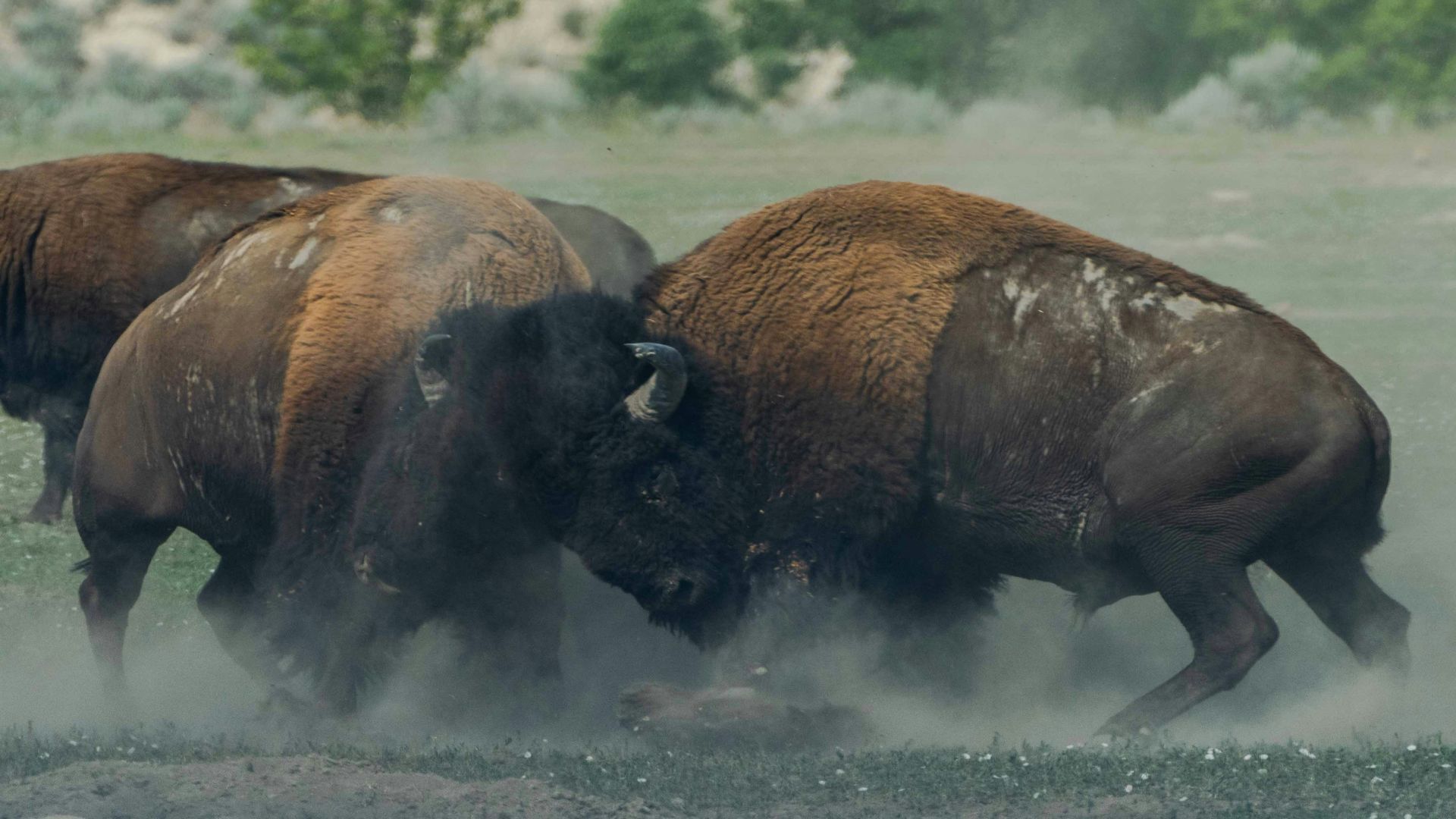
The summer season is the best time to see bison in their natural habitat in Yellowstone.
However, it’s of the upmost importance to keep clear of the animals natural path at all times. If you see two males engaging gin bellowing, wallowing and fighting, stay in the car and wait for the animals to take part in their natural process.
Keep Your Distance
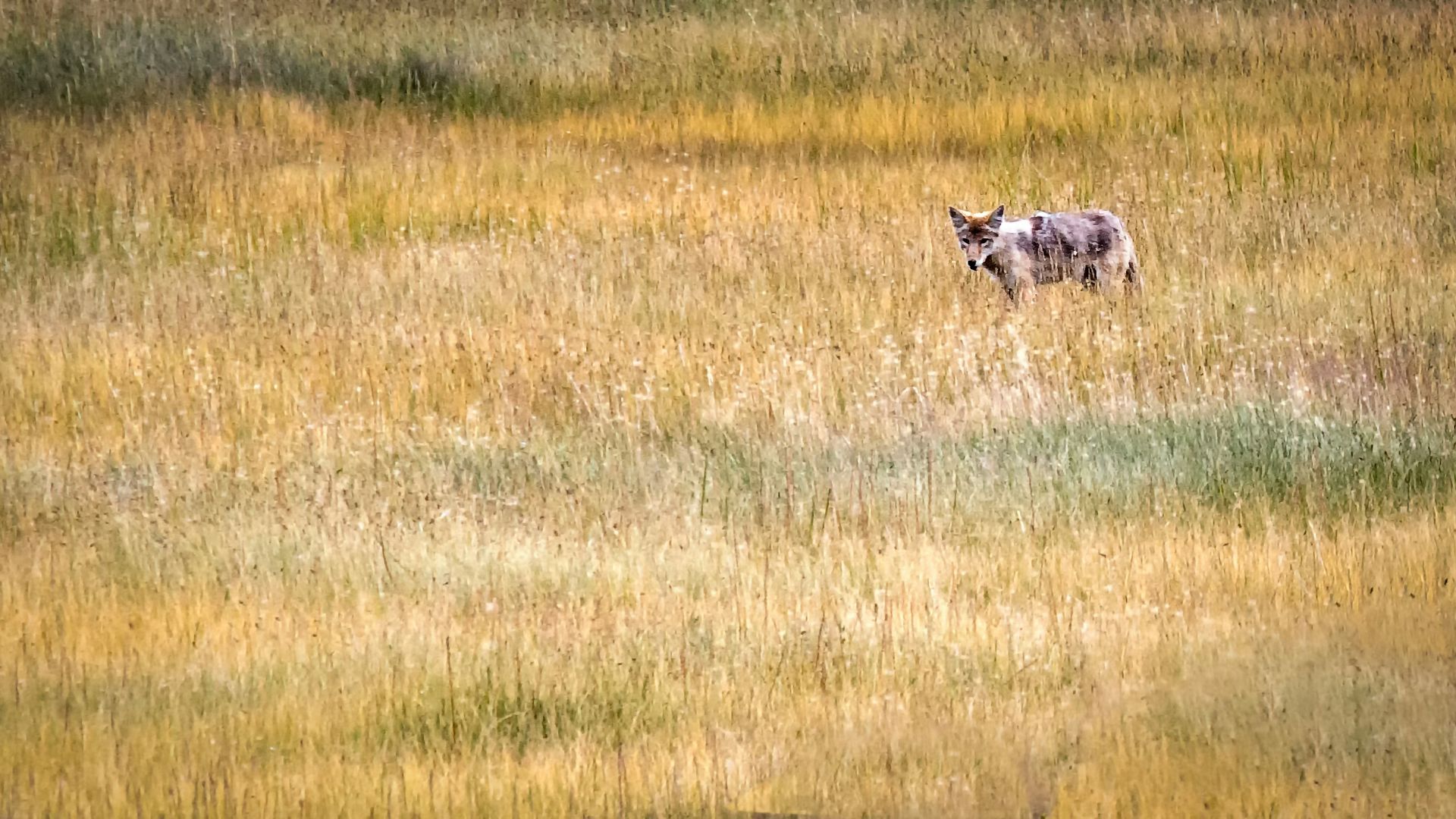
The NPS advices to stay at least 25 yards (23 meters) away from large herbivores such as elk, bison, deer, and moose.
Even more room is needed for predators like wolves and bears. Back off more than 100 yards (91) meters from these animals if you’re lucky enough to see them.
Always Follow Advisory Signs
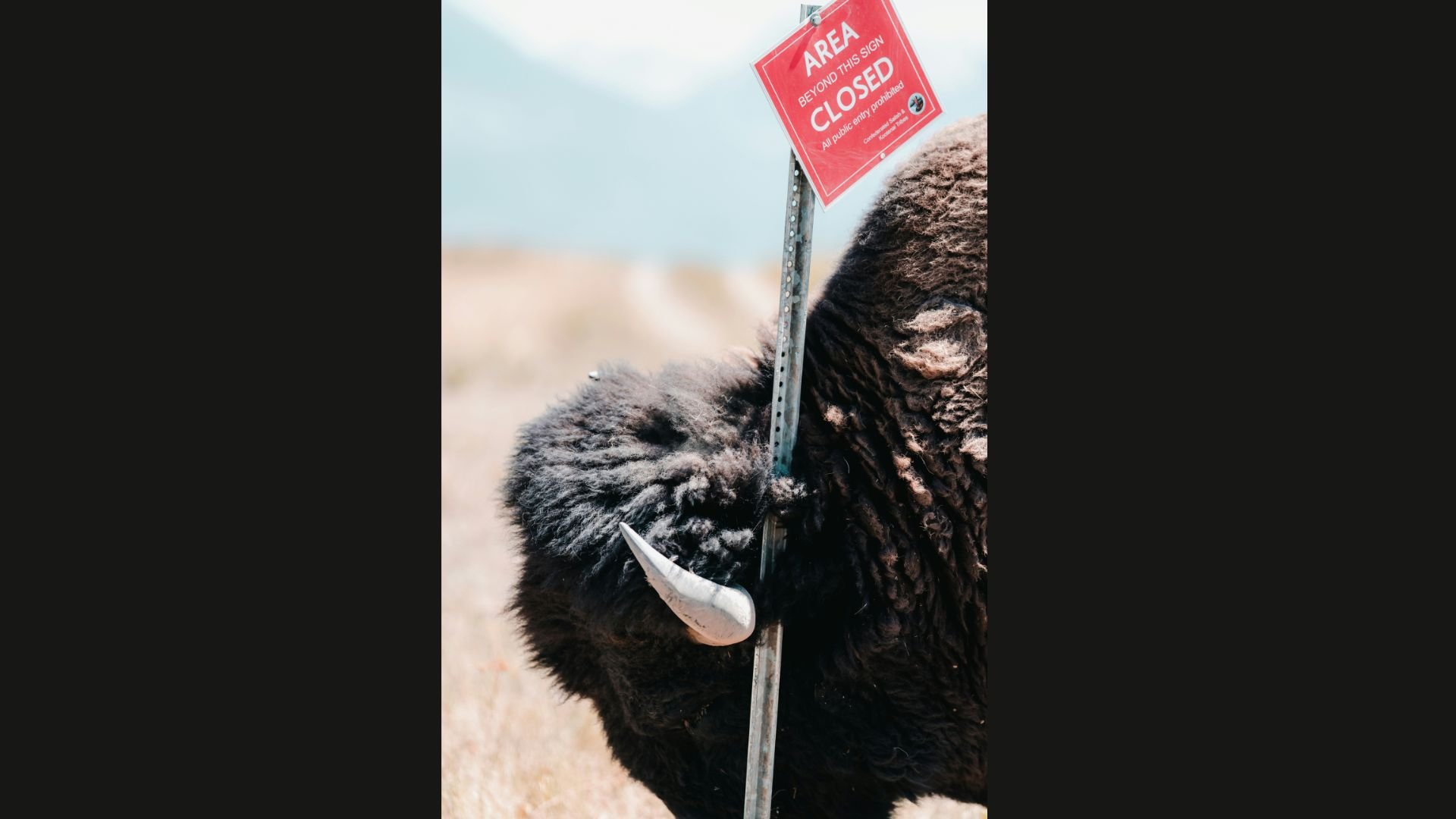
If you plan on stopping by a beautiful National Park this year, be sure to take a look at the wildlife safety guide.
Otherwise, be sure to follow all warning signs and use your common sense when encountering large wild animals.








































